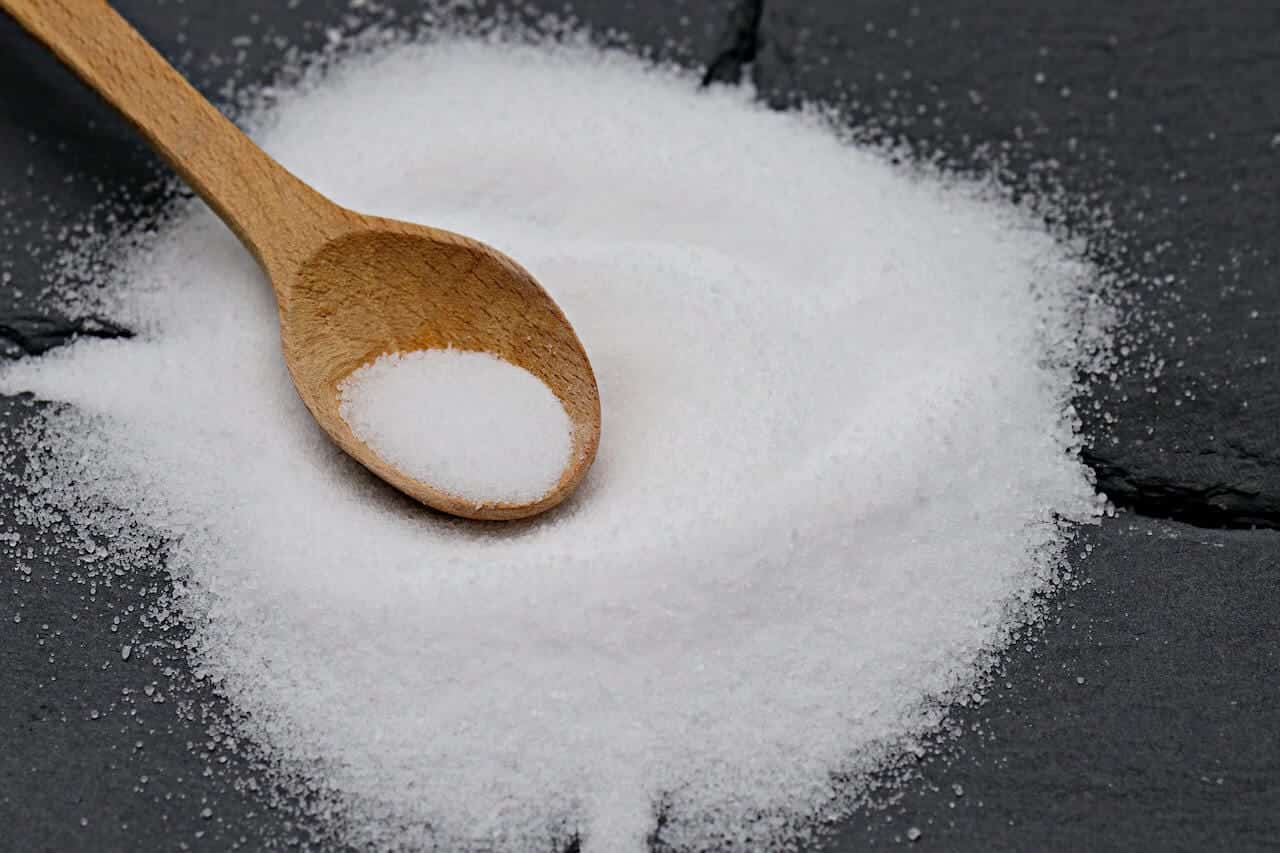Switching to sea salt as a food business: what you need to know
For many years now, sea salt has been the preferred type of salt for upgrading food products. Consumers experience products containing sea salt as having better quality and being more authentic and sustainable. And yet, many food businesses continue to work with vacuum or rock salt because historically these salts have been more readily available. Thanks to innovative players in the market, however, sea salt is now more easily available than ever. This is why food businesses that fully switch over to sea salt reap the benefits.
Table of Contents
The benefits of switching to sea salt
By exclusively using sea salt, food businesses can operate much more efficiently. We distinguish 3 concrete advantages:
Simplification of purchasing and stock management
Quite a few food businesses buy vacuum salt for their regular products, while utilising sea salt for their organic products. As a result, stock management is required for two raw materials, which are probably sourced from separate suppliers as well. Many people don’t realise that vacuum salt can be replaced one-to-one by high-quality sea salt. So there is no need to adjust recipes or ingredients lists after the switch over.
Simplification of the production process
In many cases, the costs of adding salt to a product are disproportionate to the cost of the salt itself. And when you use different types of salt, these costs only increase. Working exclusively with sea salt creates various opportunities to optimise production flows. Sea salt can then be automatically supplied for all production lines – both the regular and the organic ones. Some food businesses take things one step further and use the same salt for both food applications and their water softening installations.
Added value for the customer
Sea salt not only makes the difference to the customer in terms of taste experience, but also in terms of sustainability. More and more, consumers are actively looking for ‘clean label’ products, in which case the use of sea salt is a clear trump card. Sea salt is harvested using eco-friendly methods: all that’s required is sun, sea and wind.
The biggest misconceptions about sea salt
Unfortunately, some misconceptions about sea salt have proved very difficult to refute. Quite often, it is these misconceptions that – despite the many advantages – make food businesses reluctant to switch to sea salt.
“Sea salt is less pure than vacuum salt.”
Not necessarily. It is in fact true that sea salt naturally contains slightly more impurities (such as grains of sand or pieces of seashell) than vacuum salt, which is chemically purified. However, current refining techniques almost completely remove the impurities in sea salt. Some producers, such as Moses, take this to extremes and invest in high-tech machinery. In ‘optical cleaning’, impurities are pneumatically removed by using camera detection. This way, Moses can offer sea salt that in terms of purity is comparable to vacuum salt.
“Sea salt is more expensive than vacuum salt.”
Not necessarily. Just like with vacuum salt, the price of sea salt depends on a number of external factors, such as the winter weather. Much more road salt is used during severe winters, causing stocks to shrink and prices to sky-rocket. Even though it’s primarily the logistical costs that determine the sales price of sea salt.
As food businesses often order sea salt in small quantities (because they use it exclusively for their organic product lines), the logistical costs are much higher. When, however, large quantities of sea salt are bought, the price is often comparable to vacuum salt, or the minimum additional cost of the sea salt is negligible in the total production costs.
“We would have to adjust our lists of ingredients.”
Not true. You are namely under no legal obligation to state the natural character of the salt on the label. Sea salt can be listed on food labels simply as ‘salt’ or ‘nutritive salt’. Even though the marketing department will definitely want to highlight the benefits of sea salt!

